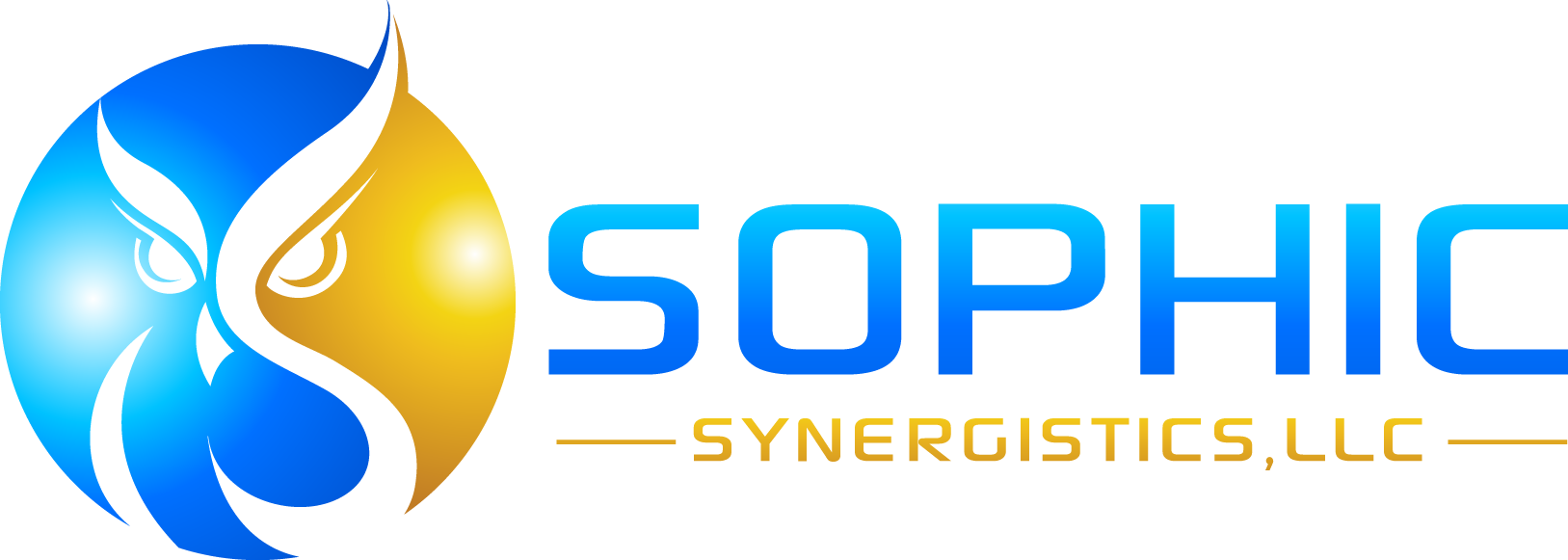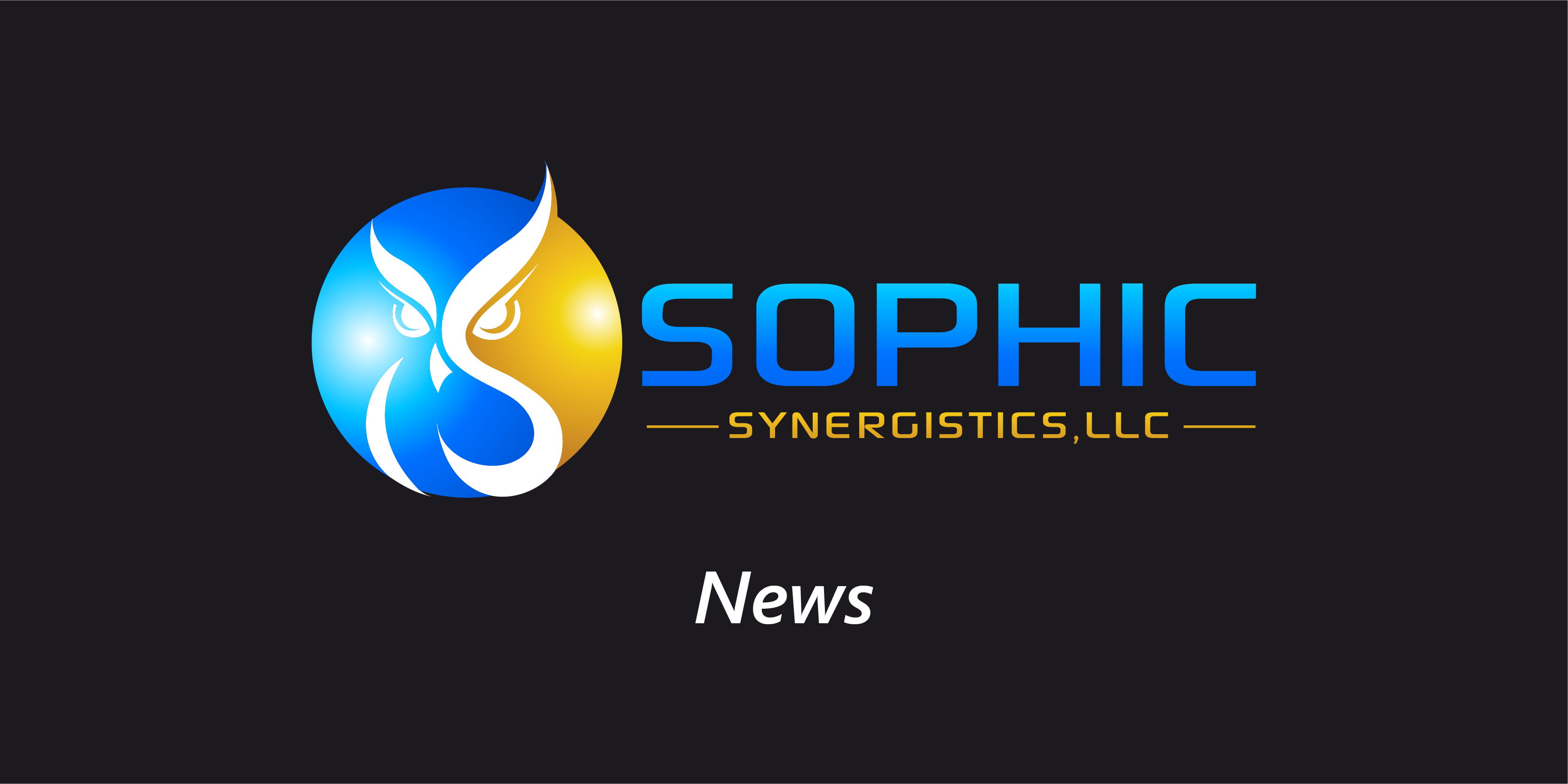Nearly one-fifth of business startups fail in their first year, and one-half of employer establishments fail within five years. Just one-third remain in business for ten or more years.
Yikes. If you own a business, I’m sure you’re very familiar with long hours. You know the true meaning of sacrifice. And you’ve faced many trials by fire to become a leader in your industry. After all of this hard work, failure can’t be an option. But with statistics like these, it’s understandable to feel nervous about the future of your company.
So, what are all of these businesses doing wrong, and how can yours avoid the same mistakes?
At Sophic, we’ve helped many businesses – including startups – over the years. It is true that products and services can fail for a variety of reasons. Perhaps these failing companies didn’t really understand what it required to bring a product or service to market. They may not have had investor support or a distinct value proposition. Maybe they didn’t have a true market for their innovation in the first place. But, it has been our experience that most businesses fail for a very basic reason: They don’t understand people. Here are the top 8 reasons why that matters, and when not prioritized they can lead to business failure.
1. People need solutions to their problems. Many businesses that fail don’t provide them.
If your business can find a consumer pain point and address it, success is attainable as long as your solution is developed with your customers in mind. Usability testing data can help you determine if your solution really has a problem that it’s solving. If there’s truly a demand for what you’re selling, you’ll have the opportunity to meet peoples’ needs and help them live better lives.
Far too often, however, companies aren’t founded with their users in mind. The focus is not on solutions to help people. Instead, people go into business because they want job flexibility, career opportunities that wouldn’t otherwise be available, or the opportunity to make more money. Worse, they may have developed a technology not in response to a need, but because they can. This leads to technology for the sake of technology. These are not reasons to go into business – they are short-sighted pursuits. To succeed, the foundation of your business needs to be built on serving the needs of your customers, understanding who your company is to them and how you change their lives for the better.
2. Some businesses fail because they lack empathy.
Once you’re able to find a true customer pain point, empathy will be the driving force that moves your business ahead. We aren’t not talking about hugging your customers. We’re talking about putting yourself in their shoes. This can be difficult to do, because not everyone shares the same perspective. Empathy requires a great deal of effort and a deep understanding of your users’ wants versus their needs. Of course, you need to understand what type of problems they have and work to solve them… but it doesn’t stop there. Empathy involves absolutely delighting customers so that they can’t imagine life without your product or service. You want them to walk away from your company with the experience that you solved their problem and really “get” them. You want them to see themselves in your brand.
3. Oftentimes, failing businesses have leaders who lack knowledge of Human-Centered Design.
No matter what type of industry you’re in, Human-Centered Design is necessary. Organizations that place human centered design at the center of their business strategies not only grow faster, but they have higher margins than their competitors and higher user acceptance. You can see how this translates to the bottom line by taking a close look at the NYSE. The companies that do this well lead the market. Contrary to what you may think, “user experience” isn’t only about websites and digital products. It’s about every product. We are all users – all day, every day, and our experiences with products and services can make or break the companies that design them. Business leaders need to have a deep understanding that success is driven by the people the company is developing products and services for.
4. Many failing businesses overlook involving user experience experts from the start.
As the saying goes, “If you’re going to do something, do it right from the start.” Creating a product or service without a user experience expert involved is like trying to build a skyscraper without an architect or an engineer. You may come up with a great vision and plan, but without the right expertise, you will never be able to build it. Similarly, a user experience expert will help to ensure that your product or service is a market success, developing and designing it based on users’ fundamental needs.
5. In many cases, businesses fail because departments don’t work together to achieve company goals.
Using Human-Centered Design methodologies, you can bring different teams within your company together. It really comes down to having the right business strategy. For example, with Human-Centered Design as the strategy, business strategists can be in tune with the priorities of the organization while helping to balance the goals of the project and priorities of the stakeholders (such as engineering or the end-user). When your organization is able to work seamlessly together by having the same goals and the ability to balance the push and pull of priorities at the right time, your employees will be able to create winning products and services.
6. Many tech businesses that fail are focused on developing technology for the sake of developing it.
It’s in our DNA to be fascinated with the latest and greatest technology. Many businesses are trying to find their purpose related to this perspective. They’re also looking to appeal to younger generations who use the newest tech. A few months ago, FutureBrand Index 2018 released “a global perception study that assesses how future proof the world’s 100 most prominent companies are based on 18 indicators across six key perception categories of ‘experience’ and ‘purpose’”. Guess what? Companies like Walt Disney topped the charts while many tech companies toppled. This is because so many of them are not meeting user needs or bringing tangible benefits to peoples’ lives with their products. They are simply creating technology just to create it – and this is a strategy that will clearly never work because it’s not a strategy.
7. Far too often, failing businesses place their entire focus on delivering products or services.
These days, companies love to advertise fast delivery to entice customers to make a purchase. However, if a company doesn’t have enough time to design and develop a product or service correctly, it won’t be a success. Fast delivery certainly won’t matter! Also, this approach can lead to the inability of the company to keep up with production demands and the ability to deliver at this speed. In this paradigm, you also fail your user because you have cried wolf. You have touted your ability to be a dependable product and service provider, meeting their immediate gratification need of speed, but you fail them because you can’t deliver successfully at that rate consistently. It only takes one negative interaction with a product or service to lose a client forever. Unfortunately, the negative interaction may have nothing to do with the product or service itself but rather with delivery or maintenance. You have to consider the entire cradle-to-grave life cycle of your product or services and every touchpoint a customer has with your company during their journey.
8. Many unsuccessful businesses don’t watch what their competitors are doing closely enough.
As a business, one of your goals is obviously to be the best in your industry. To do this, you need to pay attention to what your competitors are doing and strive to do it better. Show customers why they should choose you. When your product or service is designed to meet their exact needs, you probably won’t have a problem convincing them! Make your goal to understand your users better than the competition. This will always grant you a competitive edge and innovative outcomes.






